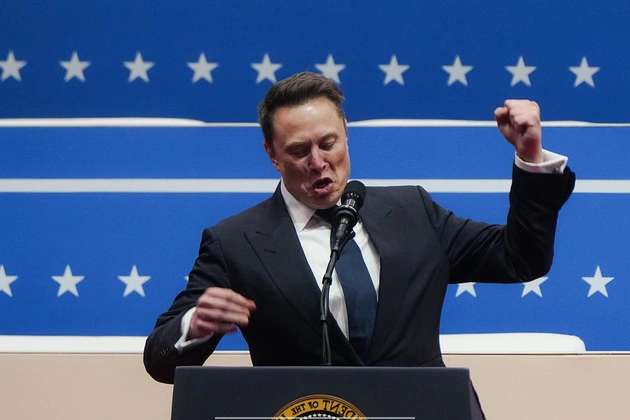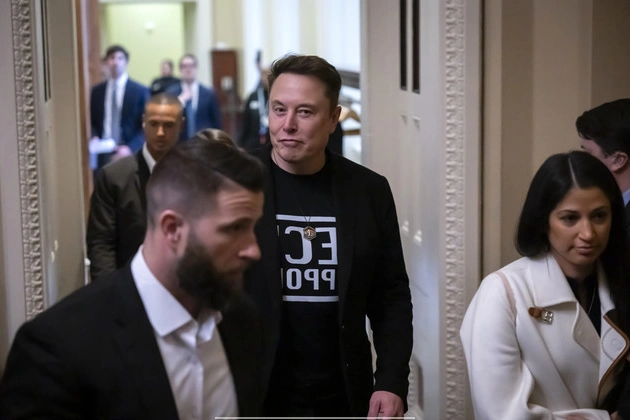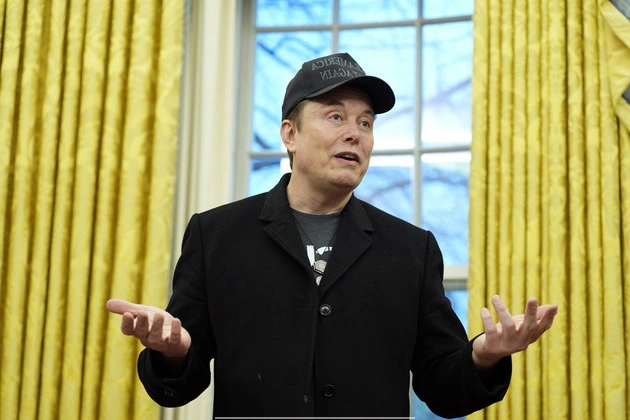
Elon Musk’s Technological Campaign
Elon Musk’s campaign to cut Washington’s bureaucracy is aiming at a very specific, very sensitive digital power center: the federal IT infrastructure.
Musk and his allies have gained access to the Treasury Department’s payments systems, and they’ve commandeered enough control at the Office of Personnel Management to send a mass email offering federal employees early buyouts. Unnamed federal officials told The Washington Post today that they’re now concerned about DOGE access to student loan data.
The overall effect has been to turn once banal-seeming federal IT systems into an ideologically driven bulldozer for removing programs deemed — by, apparently, Musk — as either unnecessary or excessively “woke.”
Challenges and Controversies
As DOGE has advertised on Musk’s platform X, the office is using its access to federal data to mark for death diversity, equity and inclusion-related programs specifically, amounting to an ideological program far from the goals of productivity and efficiency.
There are also deep cybersecurity concerns about how his teams are operating. A lawsuit alleges that a Musk ally installed a private email server at OPM in order to send direct mass emails to civil servants. DOGE spokesperson Katie Miller has denied the allegations about the server, pointing DFD to an X post where she said “There’s nothing illegal and no server, just more made up tall tales from uniformed career bureaucrats who probably telework.”
Future Implications
Based on her grasp of how the government’s underlying technology works, Lewis says that by setting up DOGE within USDS, and installing close allies like Thomas Shedd in crucial tech positions — Shedd now holds her former job as director of TTS — Musk is setting himself up to expand his digital powers further through the technical machinery of the bureaucracy, rather than through higher-profile, and more accountable, top-level appointments.
Lewis suggests that if DOGE insinuates itself within the General Services Administration, which houses TTS, it could have access to the GSA’s tech talent and the multi-billion-dollar acquisition services fund — a pot of money earned by contract acquisition fees that it alone controls and can be used for further hiring and procurement.
It could also, if it wanted to, find allies with the technical know-how to further DOGE’s mission.
Conclusion
The fusion of political decision-making with literal “admin privileges” by Musk and DOGE is a stark representation of the Silicon Valley ethos that defines this era. The ongoing controversies and legal challenges surrounding Musk’s digital revolution in Washington DC continue to shape the political landscape and raise critical questions about the boundaries of power and governance in the digital age.















